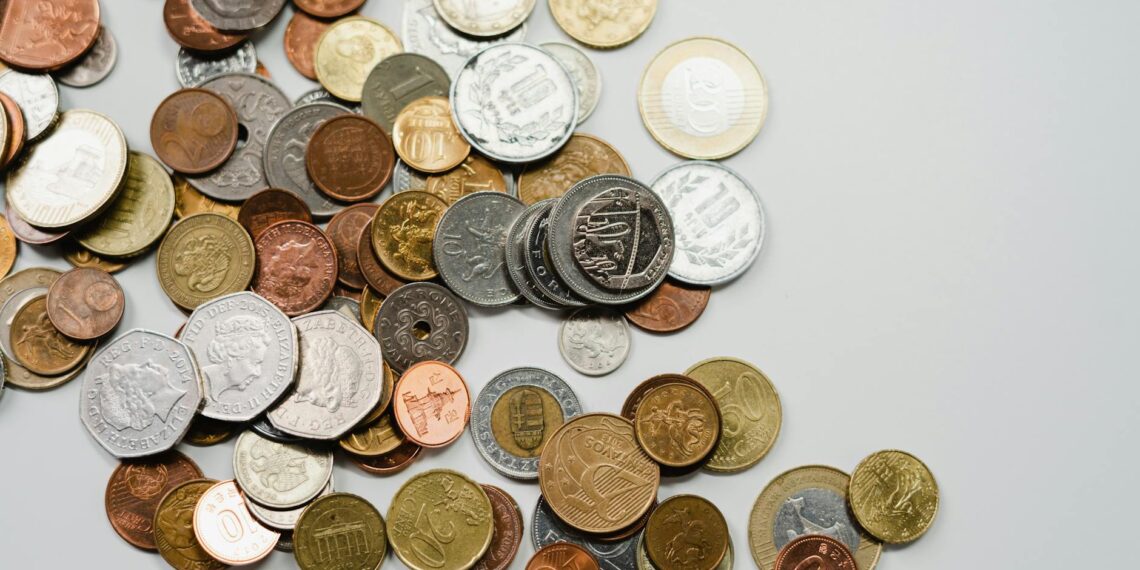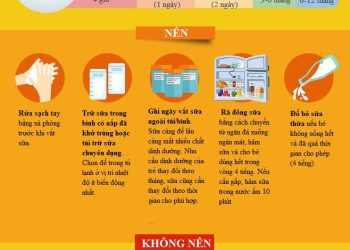It depends on the dollar coin. While most modern dollar coins are worth only their face value of \$1, some can be worth significantly more due to factors like their metal content, historical significance, rarity (including low mintage figures), and condition.
Here’s a breakdown
- Modern circulating dollar coins (Sacagawea, Presidential, Native American): These are generally worth their face value, \$1.
- Older dollar coins (e.g., silver dollars from 1935 or earlier): These can be worth more than their face value, potentially \$35-\45 in average condition due to their silver content alone. Rare dates or those in high grades can be worth hundreds or even thousands of dollars.
Here are some examples of valuable dollar coins
- Flowing Hair Dollars (1794-1804): These early silver dollars are scarce, especially in good condition, and can be quite valuable. For example, a 1794 Flowing Hair Dollar sold for \$10 million at auction.
- Draped Bust Dollars (1795-1804): The 1804 Draped Bust Dollar, with only 15 known examples, is extremely valuable and can sell for millions.
- Trade Dollars (1873-1885): These were originally minted for trade with Asia and can be valuable, particularly rare dates like the 1884 and 1885 issues, which have very low mintages. An 1873 Trade Dollar in mint state can be worth over \$2,000.
- Morgan and Peace Dollars: These 90% silver dollars are popular among collectors, and while common dates may not fetch high prices, key dates, errors, or high-grade examples can be valuable.
- Eisenhower Dollars (1971-1978): While most are worth face value, certain rare varieties, particularly those in pristine condition, can be worth more.
- Susan B. Anthony Dollars (1979-1981, 1999): Generally worth face value, but some error coins, such as the 1979-P Wide Rim variety, can be more valuable.
- Sacagawea Dollars (2000-present): Most are worth face value, but some error coins can be valuable, like those struck on the wrong planchets.
- Presidential Dollars (2007-2020): Generally worth face value, however, some error coins like those missing edge lettering are more valuable.
- Identify the coin’s date and mint mark: This will help you determine its age and where it was minted.
- Determine the coin’s type: Is it a silver dollar, a Presidential dollar, a Sacagawea dollar, etc.?
- Assess the coin’s condition (grade): Coins in better condition are generally more valuable. Professional grading services like PCGS or NGC can provide a standardized assessment of a coin’s condition.
- Research the coin’s rarity and mintage figures: Low mintage numbers often increase a coin’s value.
- Check for errors or varieties: Coins with unique errors or variations can be particularly desirable to collectors.
- Consult a reputable coin dealer or online resources: Websites like [Gainesville Coins], [Coinfully] , or the American Numismatic Association’s website can provide information about coin values.
In summary, while most circulating dollar coins are only worth their face value, some older and rarer dollar coins can be quite valuable to collectors.









Are any $1 coins valuable?
While most modern dollar coins are worth only face value, certain series and dates can command significant premiums, with some historical silver dollars worth $40 or more in average condition.
How do I know if I have a rare $1 coin?
The date and mintmark are the easiest way to diagnose valuable rare coins. Errors in these two key areas can still be found in circulation, and they could score you a fortune. Re-punched or over-punched mint marks are one winning discovery, as is doubled text.